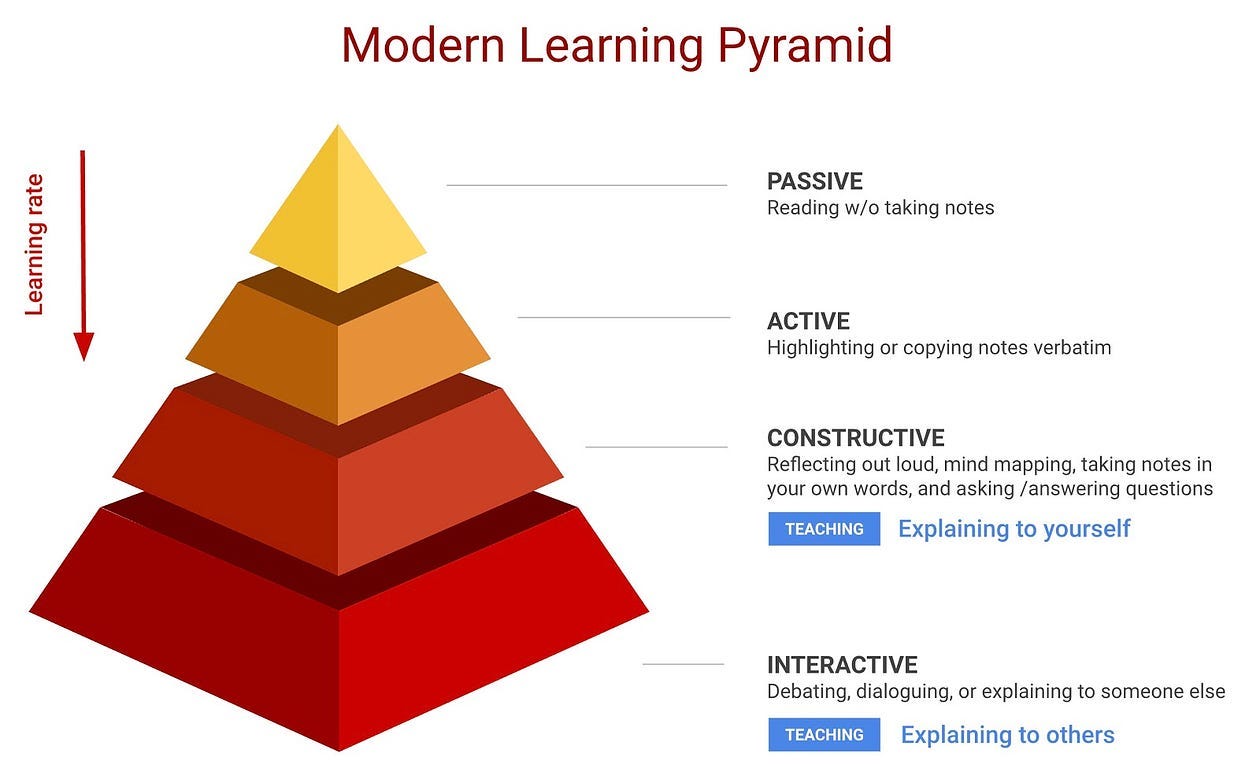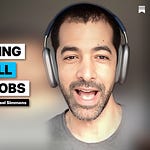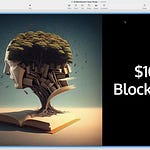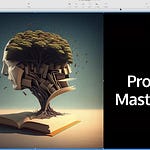Source: Marty Lobdell, Former Psychology At Pierce College (25M+ views)
Over the last eight years, I’ve spent 1,000+ hours studying how to learn faster and better. This video clip above captures the most fundamental lesson I’ve learned…
"Read actively, learn massively."
This rule of thumb is backed up by a whole body of research and summarized in the chart below:
Or shown, differently….











